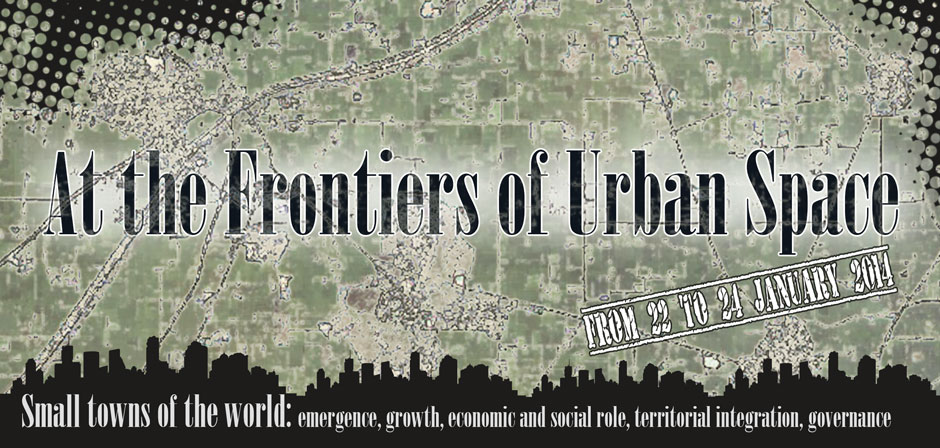
Call for papers > Call for papersWhen we speak of cities, the attention of researchers, the media, and institutions is traditionally focused on large metropoles. Yet in reality, half the urban population of the world lives in hundreds of small and medium-sized cities (Moriconi-Ebrard, 1994). These agglomerations play a key role in urban growth. They have heterogeneous dynamics and profiles that diverge from what is observed in metro cities. Therefore, studies of the base of the urban hierarchy enrich and deepen the urban concept as a whole. Defining these agglomerations also requires the testing of categories of space which go beyond a simple, and increasingly problematic, urban-rural dichotomy. What criteria should define the threshold between these spaces? Can we speak of an “in-between” territory? In terms of process, small cities highlight the different stages of urban growth: genesis, development, mutation, and regression. In the context of fieldwork, researchers’ observations are faced with the arbitrary official definition of urban areas, which differ from one country to the next. This contributes to the fuzziness of objective boundaries between “small towns” and villages. The change of the status of small agglomerations can lead to modifications in fiscal, environmental and urban rules. Access to urban status is a major issue for the development of a locality and territory (Giraut, 2005). What is the impact of urban policies on such towns? Is it enough to proclaim that a locality is “urban”? Are there specific governance issues that come with the small and medium town? Are these issues at the basis of original proposals concerning country planning? In a global marketplace, where agglomeration economies are prioritized, metro cities seem to be the only competitive spaces. In reality however, small towns are often spaces of innovation capable of taking their own place in wider global networks (Bairoch, 1984). What are the major assets of such towns compared with larger metro cities? How do they face the major spatial issues of a society: mobility, land access and competition, exploitation of local resources, procurement, and environmental protection? These issues are dependent on forms of spatial organisation, which are themselves the result of intense processes of concentration and dispersion. Do clusters, urban corridors and dispersed settlements represent specific organisational types of such intermediary, “in-between” spaces?
-Title of the paper - Abstract (between 500 and 800 words) - Name and details of the author(s)
- Title of the poster - Abstract (between 500 and 800 words) of scientific research work presented - Name and details of the author(s)
All proposals should be submitted on this website.
You can download call for papers/posters here. |

